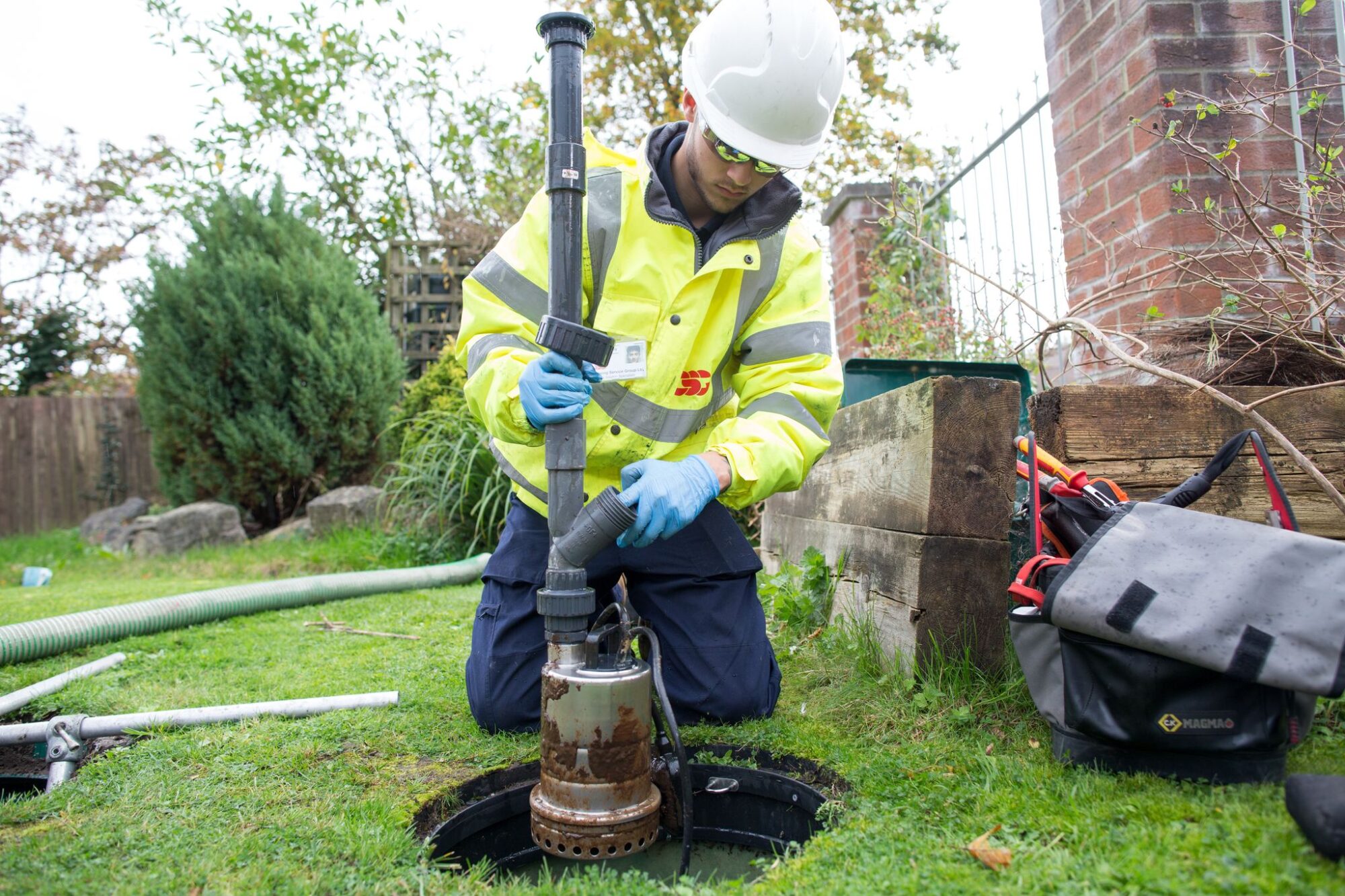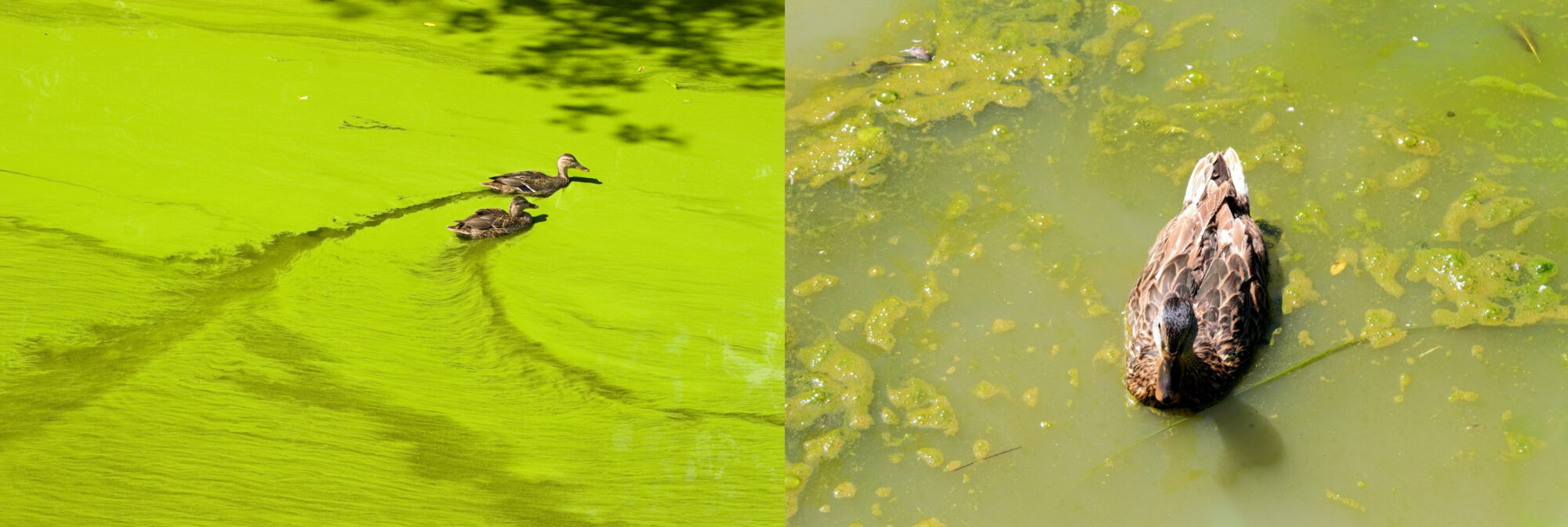Septic Tank Regulations | Are you compliant?
06 July 2023 by CSG

If you own a property with a septic tank, there are new septic tank regulation rules coming that might impact you.
If you already have a septic tank system, the new rules mainly apply to new installations. However, it’s important to stay updated on regulations to keep your system compliant and avoid harming the environment.
If you’re unsure of how a septic tank works, we’ve found this short video to explain the process:
The last rule change took effect on the 1st of January 2020 for existing discharges that were happening before January 2015. If you have not yet complied with these rules, it is important to act quickly to ensure your compliance. The deadline for meeting these requirements has already passed.
What are the guidelines and who do they effect?
The general binding rules set out the conditions regarding the use and maintenance of septic tanks and sewage treatment systems. These rules help protect the environment and improve how we manage wastewater. If you can’t comply with these rules, you can apply for a permit from the Environment Agency.
Starting from January 2020, according to the updated regulations, septic tanks cannot discharge to surface water. This would include any of the below:
- Beck
- Brook
- Canal
- Ditch
- Goyle
- Leat
- Rhyne
- River
- Stream
There are also “Groundwater Source Protection Zones”. These assigned areas are essential for keeping drinking water clean by preventing sewage from polluting the groundwater with a drainage field.
If your system doesn’t comply with these regulations, it is crucial to take immediate action. Failure to do so will result in non-compliance, potentially leading to large fines.
Now for the newest regulations:
From the 2nd of October 2023, if a new sewage discharge will cause the combined amount of sewage to go over the allowed limits for groundwater or surface water, it cannot share the same outlet as an existing septic tank that discharges already.
Additionally, a new sewage discharge cannot be made within 50 meters of any other existing activities involving groundwater or water discharge.
The rules aim to lower sewage pollution in waterways to protect the environment.
What to do if you’re Breaking the Rules
If your septic tank releases waste into a waterway, you have options to comply with the regulations:
- Use your existing drainage system by connecting it to a mains sewer. A pumping station can help to extend the distance sewage effluent can travel.
- Install a drainage field. This will divert your existing sewage discharge into the ground instead.
- Replace your septic tank by installing a sewage treatment plant that follows the new rules and can release safely into a waterway.
- Retrofitted conversion units can only be used if your septic tank was installed before 2007. If it was installed after that date or you are planning to install one of these systems, you must apply for a permit.
- A reedbed or secondary treatment unit (if it meets the relevant British Standard) can be installed after a septic tank to further treat the effluent leaving the tank.
- In rare cases when other options won’t work, you can apply for a permit to release your wastewater into surface water. For more information on criteria, please see gov.uk page – Apply for a permit.
Consequences of not Complying
If your treatment systems are not compliant, there is a risk of significant fines as well as prosecution. The Environment Agency typically plans inspections but may also conduct unannounced visits.
A farmer was fined £3,996 for polluting a stream with contaminated water. This was found by a routine inspection by the Environmental Agency. Another farmer in 2019 was fined £8,700 for repeatedly polluting a stream with their sewage discharge.
Sewage wastewater can contain various toxic chemicals that can directly harm and kill aquatic life. Examples of chemicals include ammonia, as well as cleaning products that contain bleach or chlorine.
When sewage is released into rivers, it also brings with it a lot of nitrogen and phosphorous. This can stimulate the growth of algae, which can lead to algal blooms.
Ingestion of these algae can cause diarrhoea, vomiting, dizziness, and breathing difficulties. In extreme cases, it can also cause long-term kidney and liver problems. The impact on our pets and local wildlife can be even more severe.
When a watercourse experiences an algae bloom, the overgrowth of algae will rob it of sunlight and oxygen causing aquatic organisms and plant life to die. This leaves an unlivable environment that can take several years to recover resulting in a dramatic loss of biodiversity.

The UK is known for its numerous diverse and unique habitats. One example is the presence of chalk streams in Hampshire, located on the south coast. Among the 200 chalk streams worldwide, an impressive 85% can be found in England.
To safeguard these exceptional environments, the Watercress and Winterbournes Landscape Partnership Scheme has launched the Septic Smart project. The project aims to enhance public awareness about the dangers associated with improper wastewater management, with support from the National Lottery Heritage Fund.
Non-compliant sewage discharges can also pollute drinking water. This will harm your local economy by increasing water treatment costs and potentially raising long-term water prices.
Who can help?
If this affects your property, CSG is here to help you understand how septic tank regulations effect you and decide the best course of action.
We have a dedicated, professional, and experienced team who can attend and assess your system and provide a cost-effective solution to meet British standards. Get in touch today by clicking here or give us a call on 0800 011 6600.
Alternatively, the Environment Agency is always on hand to help.
